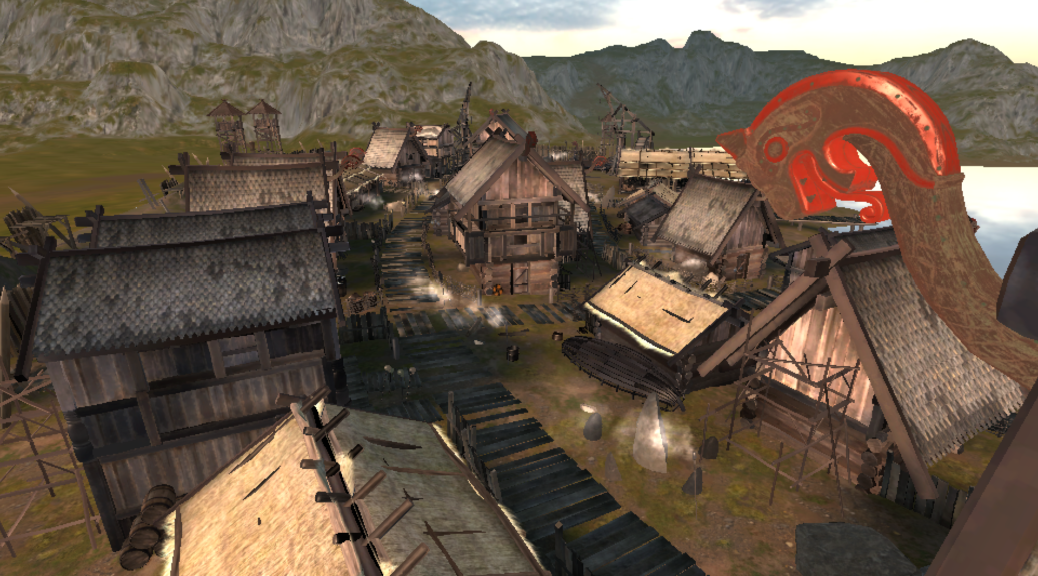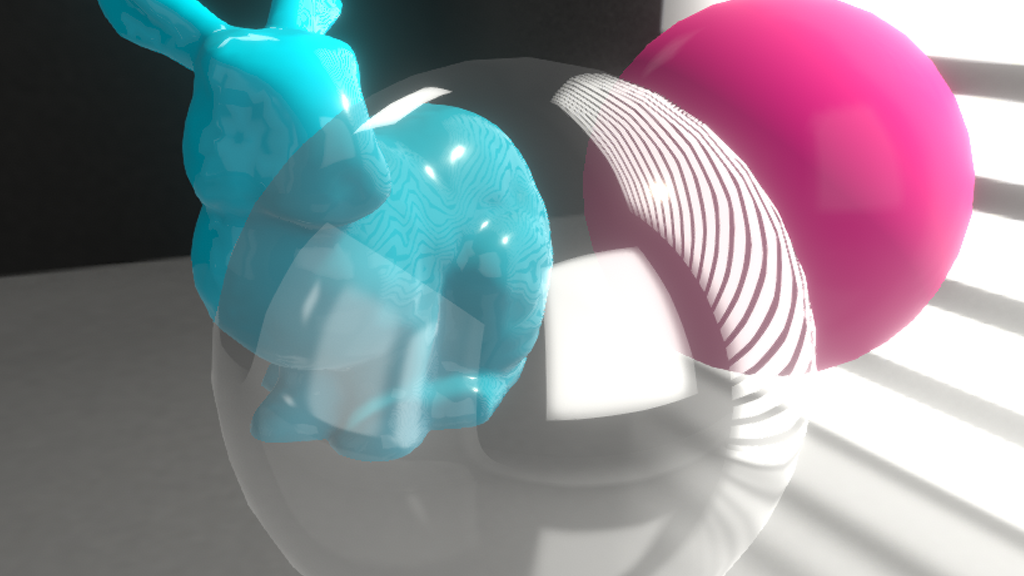Hopefully you’ve seen the 2018 Graphics post in the Unity Blog, and if not, go look at it now. SRP obviously has me very excited at the potential because a majority of my day-to-day frustrations come from hitting annoying render bugs or quirks with the built-in pipeline which prevent us from doing cool stuff, or at least make it very painful. A CBuffer not correctly populated at a Camera Event no longer requires hours to days of workarounds.
I’ve been keeping a close eye on the progress with this since I first heard about it during a Unity office visit a GDC-or-two ago. Their Github for it has been and continues to be very active, though if you don’t have access to newer-than-bleeding-edge Unity pre-alphas, chances are you can’t really use more than a 2018.1 beta branch. On the upside, they’re updating things very frequently now, which means they’re very likely approaching a release milestone for the full release of 2018.1.
I’ve been peeking at it quite frequently since late last year (2017.3 beta) and have been checking out some others interesting implementations like Keijiro’s to get the gist.
I’m keeping all my experimentation in a GitHub Project with an MIT license, feel free to use anything I’ve posted. Much credit goes to Google and Valve for their initial works.
Disclaimer: As I’m mostly using this blog to record my thoughts as I work through things, some blurbs will more than likely seem disparate as my stream of consciousness flows.
Assets Credits: Free HDRI maps 2.0 – ProAssets
Continue reading Exploring Scriptable Render Pipelines in Unity 2018.1

